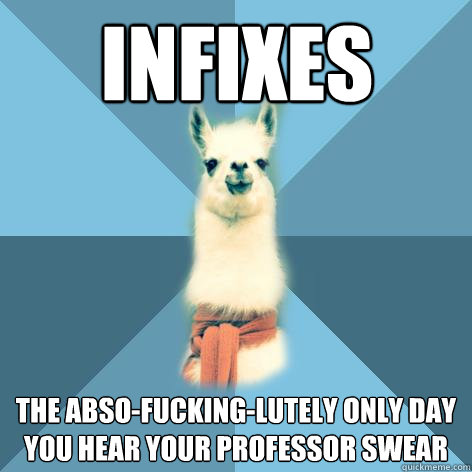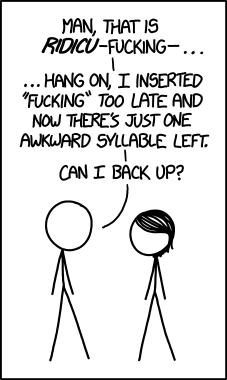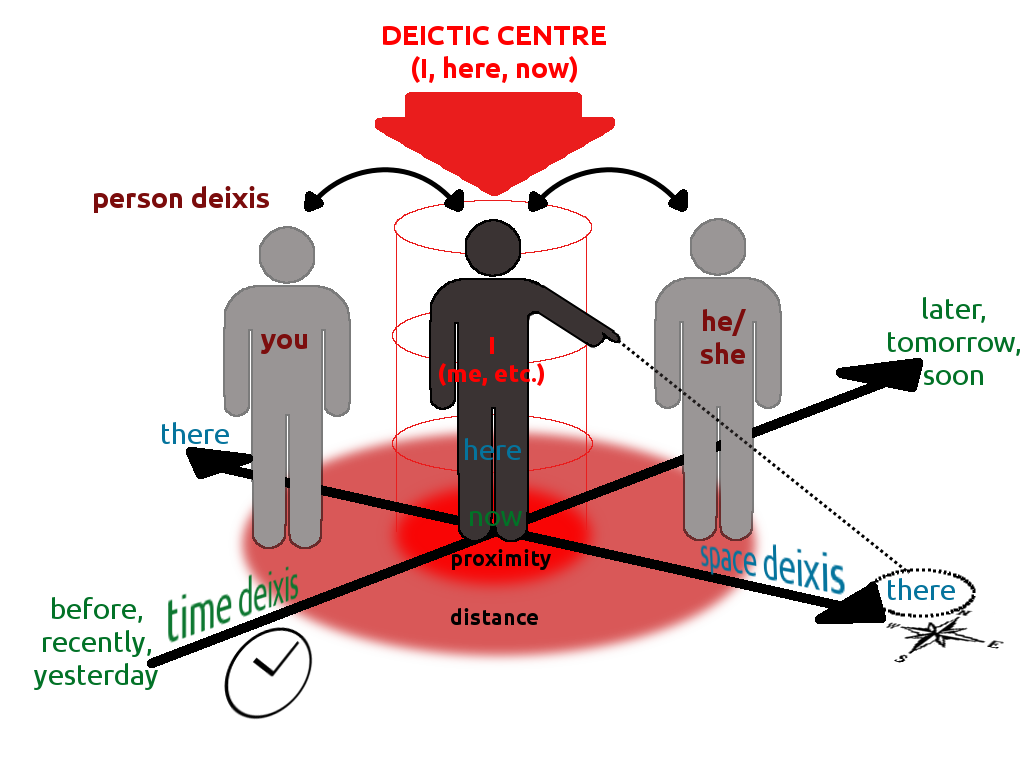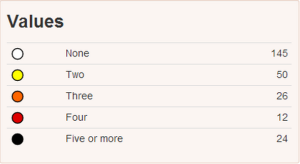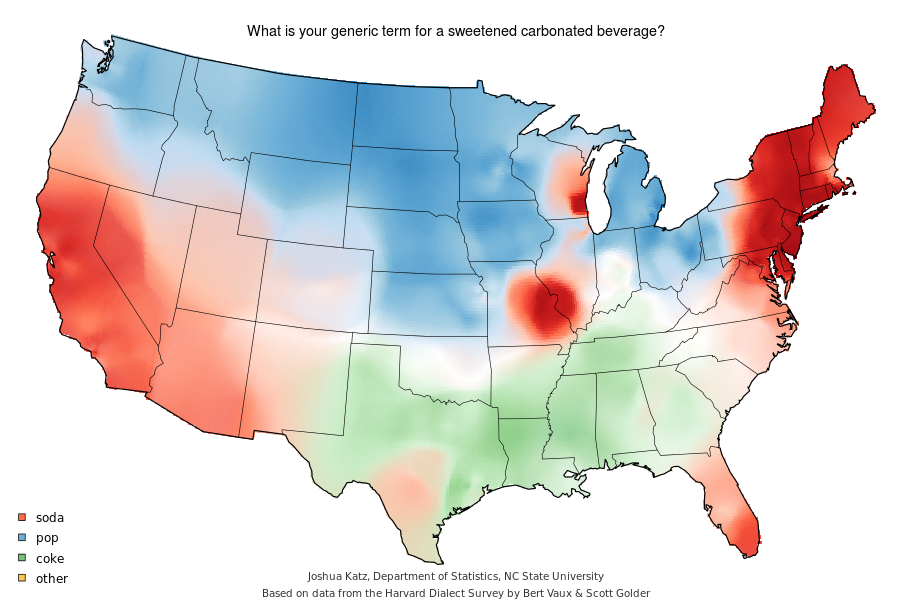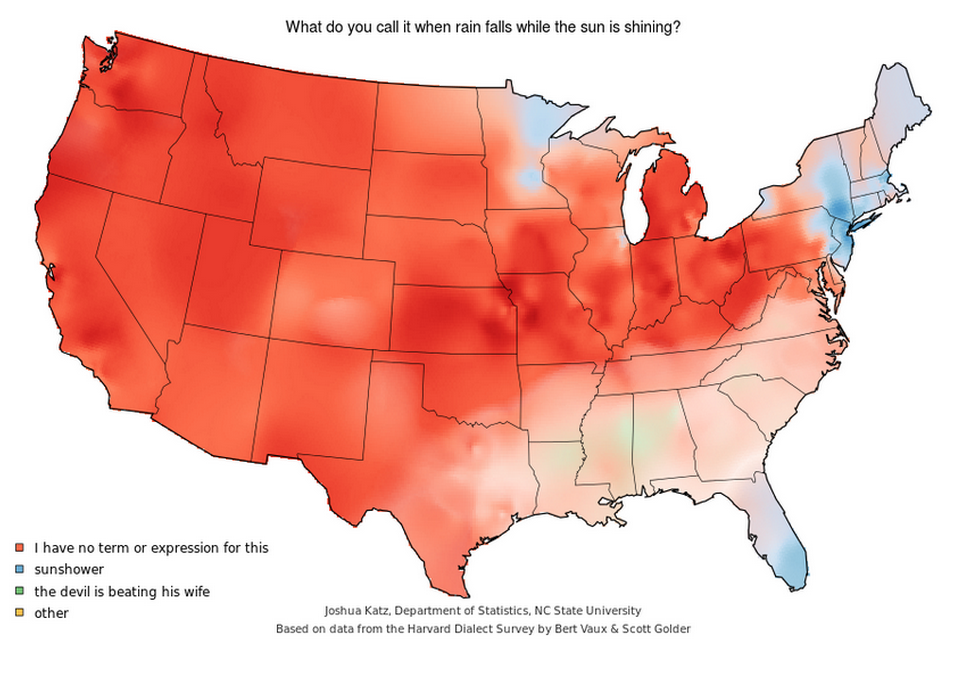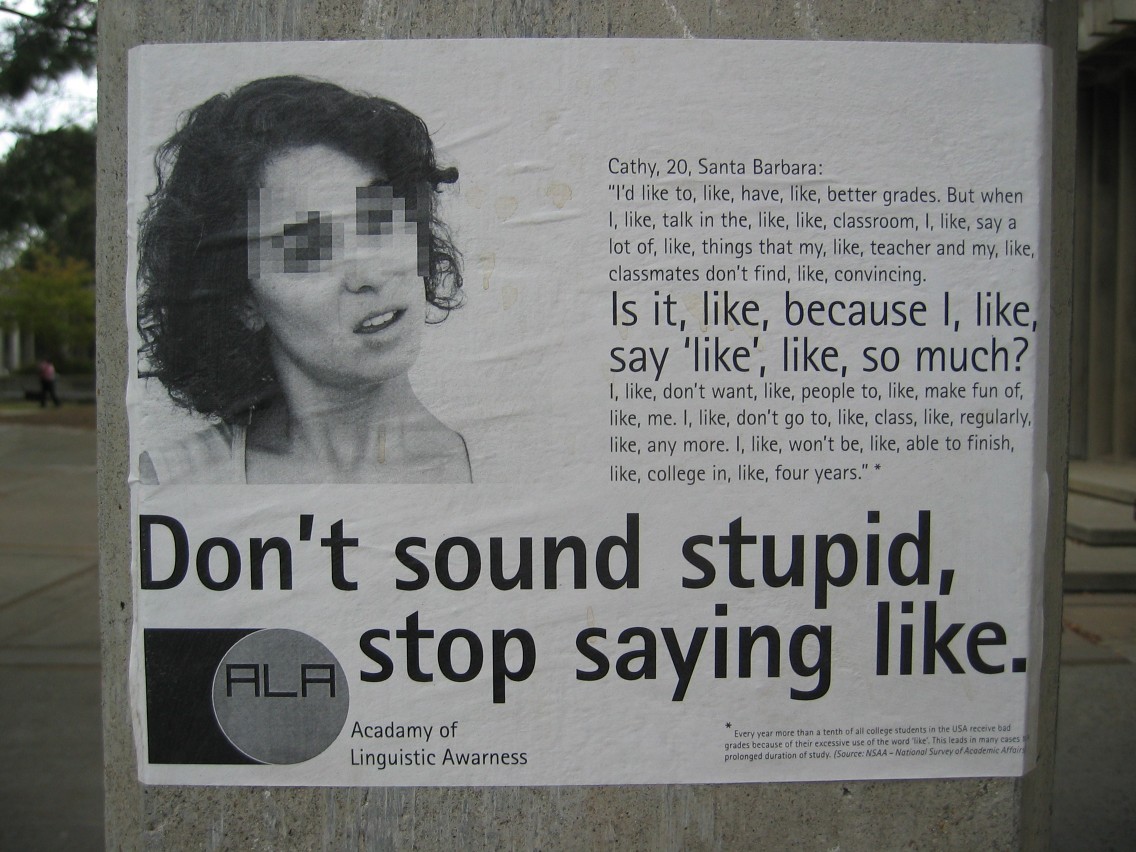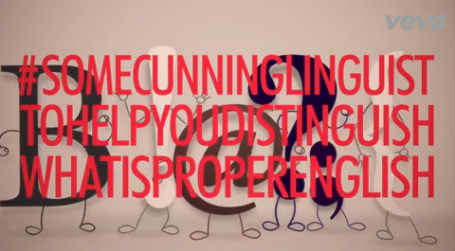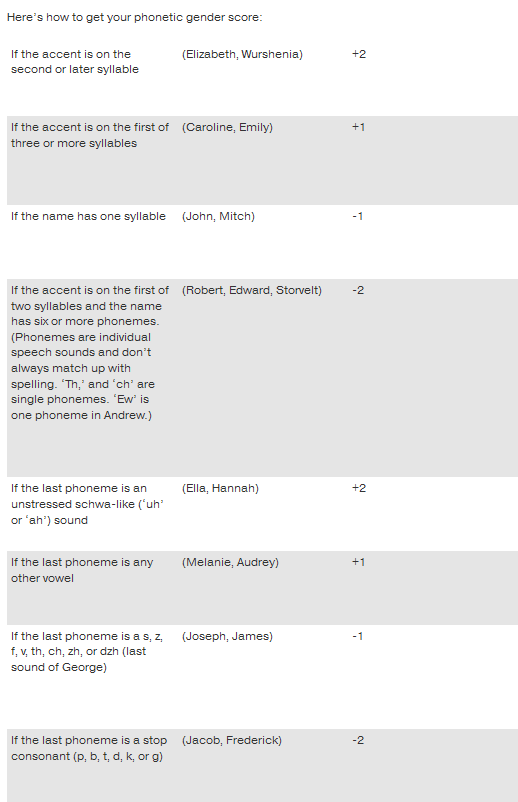Cadwell Turnbull is a Creative Writing MFA at North Carolina State University. He specializes in creative writing in vernacular dialects, specifically those narrated from a third person perspective. He received the 2014 Prize for Short Fiction at the NC State Short Story Contest for his story “Ears.”
I first stumbled across the idea of vernacular third person (VTP) when I was working on a series of stories for my MFA Creative Writing thesis. The stories were set in the United States Virgin Islands; they were all a part of an interconnected-universe where characters cross paths frequently and deal with themes of identity, race, gender, class, sexuality, orientation and mortality. Plus there are aliens.
My MFA advisors suggested some books I should read. Two stuck out to me right away: Nalo Hopkinson’s The Midnight Robber and Junot Diaz’s The Brief Wondrous Life of Oscar Wao. What interested me about these two very different stories were their narrators. (Beware: Spoilers shall follow.)
The Midnight Robber has a Jamaican narrator in the style of an oral storyteller telling a science fiction story about a Caribbean planet named Toussaint. The Brief Wondrous Life of Oscar Wao has a Dominican American narrator that shit-talks his audience and goes on interesting tangents that are expressed through massive footnotes; the novel is about a generational curse on a Dominican family.
Both of these story-tellers are third person narrators. They tell their stories as entities separate from the stories’ action. They have access to the thoughts and motivations of their characters. They are smart and captivating and powerfully vernacular. The Midnight Robber’s narrator is traditionally Jamaican, an oral story-teller that begins her story with “crick crack,” a common expression from the Caribbean oral tradition. The Brief Wondrous Life of Oscar Wao’s narrator code-switches between African American Vernacular English (AAVE), Standard English (SE), and Dominican Spanish. Diaz doesn’t even bother translating any of the Dominican Spanish. Decipherment is on the reader. Here is an excerpt from the novel:
Sophomore year Oscar found himself weighing in at a whopping 245 (260 when he was depressed, which was often) and it had become clear to everybody, especially his family, that he’d become the neighborhood pariguayo. Had none of the Higher Powers of your typical Dominican male, couldn’t have pulled a girl if his life depended on it. Couldn’t play sports for shit, or dominoes, was beyond uncoordinated, threw a ball like a girl. Had no knack for music or business or dance, no hustle, no rap, noG.
Obviously I was blown away by this. I wanted to make my very own vernacular third person (VTP) narrator, one that spoke my local St. Thomas variety and could tell any person’s story, could delve into the heads of all my characters, could know history and predict the future. An all-knowing metaphysical dude that wasn’t generous with giving fucks. Problem was, I didn’t know how to make one.
What’s interesting about those two narrators I’ve been talking about is they have their own back stories. (Beware: Spoilers are eminent.) The Midnight Robber’s narrator is a kind of super-computer implanted into the heads of the characters in the story (and most of the people on the planet). This computer/information system, Granny Nanny, has a very distinct personality. She manages the everyday lives of the people on Toussaint and she speaks the language of the inhabitants there, in this case Jamaican English since she is telling the story of Jamaican characters. We don’t know this at first, who she is or who she is telling the story to, but it is all revealed within the narrative.
The Brief Wondrous Life of Oscar Wao’s narrator is eventually revealed in Diaz’s novel as well. He’s reveals himself as Yunior, a protagonist that has appeared in many of Diaz’s short stories. He appears two thirds in and we find out that he has had a brief but significant relationship with Oscar, the protagonist of the story. When Oscar’s brief life is cut short (not much of a spoiler there), Yunior endeavors to piece Oscar’s life together for us by researching Oscar and the fuku (generational curse) that has followed his family since the days of Trujillo, the Dominican dictator.
When I tried creating my narrator I felt a strong mental block keeping me from actualizing him. He needed to be god-like in his knowledge but also needed to have an identity (which I’d need to help me imagine him). This wasn’t common of typical third person narrators; when they didn’t take up the characteristics of the author, they typically were unmarked members of some ghost race, or to put it another way, they were Standard-English-speaking white guys–with wire-rim glasses in suits with a wall of books behind them–that had abandoned their bodies to be interdimensional story-tellers. They abhorred subjectivity (this goes back to the days of Flaubert and the rise of the objective narrator) and would not welcome my narrator so easily.
My problem was, even if I had a story and an identity for my narrator, I didn’t want to share that with my audience. In my mind, revealing the narrator was something I imagined the authors of The Midnight Robber and The Brief Wondrous Life of Oscar Wao did to explain the reason why these narrators told stories the way they did. It was a practical and political choice. But because my narrator would be narrating many of my stories, many connected, and others, I decided, not connected at all, I needed to not give up the ghost so to speak. So I began looking for a different kind of third person narrator: one with secrets.
###
Some words on VTP’s linguistic significance:
In Norman Fairclough’s book, Language and Power, he talks about formality within discourse genres. He describes formality as a “pervasive and familiar aspect of constraints on access to discourse” (1989: 66). According to Fairclough there are three ways formality can gate-keep through subjects (who is talking and who is being talked about), contents (what can be talked about) and relations (how you can talk about things in respect to who you are and your position in the social context). He fittingly calls these formality constraints and asserts that these have everything to do with power dynamics. Exclusion is a common discrimination tactic. We are familiar with how this works in physical arenas (we look back at “whites only” signs with a kind of superior contempt) but we have less of an idea of how this works when it comes to more abstract arenas, like language. Exclusionary linguistic tactics in written genres are so naturalized (perceived as an unquestionable norm) that it is difficult to explain it to language purists and, even scarier, normal people.
Fairclough’s idea of formality constraints helps us figure out just how we linguistically discriminate against marginalized voices. Written genres are severely slanted towards Standard English and though fiction is the most liberal of written genres, it still has a lot to own up to. Fiction constrains who can tell stories and how they can do so. Marginalized voices simply don’t get the same seat at the table. If writers want to use vernacular, they have to do so in first person; it must be rooted in subjective experience. If writers want to use VTP, they must explain it.
And so my big question is: what happens when you don’t?
###
When I began looking for a VTP with secrets I had no idea how to find one. In fact, I wasn’t sure one existed. I googled any possible configuration of words related to vernacular and third person I could think of. At first it seemed like my suspicions would be proven right; that kind of VTP really didn’t exist. However, I eventually stumbled upon a novel. It was older than I expected, from the 1950’s, and it had an unapologetic third person narrator.
Samuel Selvon’s The Lonely Londoners is about a group of Caribbean immigrants living in London. It is heavy with Caribbean expressions and English urban slang of the time. It’s very experimental. Selvon had tried writing it in standard for a long time but felt that it didn’t capture the experience of his characters. He eventually tried a different ghost. Selvon was Trinidadian but he created a standardized Caribbean English to appeal to a broader Caribbean audience. It’s beautiful stuff. Here is an excerpt:
On top of that, is one of those winter mornings when a kind of fog hovering around. The sun shining, but Galahad never see the sun look like how it looking now. No heat from it, it just there in the sky like a force-ripe orange. When he look up, the colour of the sky so desolate it make him more frighten. It have a melancholy aspect about the morning that making him shiver. He have a feeling is about seven o’clock in the evening: when he look at a clock on top a building he see is only half-past ten in the morning. Samuel Selvon (1956)
Notice the grammatical choices, the colloquial expressions. The whole text is a mix of poetic and vernacular language. And it never tries to explain to the audience who is telling the story. The authority of the narrator is not questioned in the text. It exists outside of an identity, except in the way it relates to the identities of others within the story. It was what I was looking for, what I was trying to create and it was over 50 years old.
I wanted to know how people responded to Selvon’s decision so I got on Goodreads. I wanted to see just how naturalized Standard English Third Person (SETP) was in the consciousness of the typical reader. Would they even notice the VTP? And if they did, would it offend them? Would they see it as an abomination?
Here’s what Emily had to say:
Extract 1: Emily: The Lonely Londoners
“Another thing I disliked was the narrative voice. I’m sure this won’t bother some people and I know why the author did it – to make it sound authentically like a West Indian speaking English when they are not that familiar with the language – but it bothered me because the novel is written in third person. If it had been written in first person it would make sense for the narrator to speak/think in this way.”
Notice how she assumes that West Indian people don’t understand English fully? Putting that titillating piece of linguistic ignorance aside, we can see that she doesn’t even understand why someone would even do what Selvon did. It is not convention, but even worse, it doesn’t “make sense.” The naturalized ideology at the root of these assertions remains unquestioned.
Here is another one:
Excerpt 2: Orlando: The Lonely Londoners
“Most of the novels I have read by West Indian writers use “local” English for the dialogues and standard English for the descriptions and narration. This, in my opinion, gives novels both a sense of reality and dynamism which I really enjoy. However, in “The Lonely Londoners” West Indian English is used all over, from narration to descriptions and dialogues, and, after a while, it becametiring.”
If you are familiar with dialect in fiction you would also know of the dialect in dialogue convention. If you do write in third person (sometimes first person does this too) and you do want to preserve the authentic feel of a place, you use dialect in dialogue. This is an old tradition and lots of writers employ it to make their characters more realistic (or make them sound stupid if they are that type of writer). But this is also a formality constraint. There is a clear linguistic hierarchy and dialect is at the low end of that pole. Orlando’s snooty comment confirms it. To deviate from convention in this way is tiring. Convention itself remains unquestioned.
#
To be fair, all of these books were pretty well received. They are all critically acclaimed. For the average person though, when they talk about what makes these books special, they miss the radicalness of VTP. It knocks SETP off its pedestal. Ghosts are no longer white incorporeal blobs; they’ve gotten a bit of color to them. As more and more people of various ethnicities reach for fiction as a mode of expressing themselves and exploring their identities, there needs to be an omniscient voice that can speak their language.
There is not one for me yet, but I’m working on it. Right now his name is Cal. I am still trying to figure out who he is.
References
Diaz, J. (2007). The Brief Wondrous Life of Oscar Wao. New York: Riverhead Books
Fairclough, N. (1989). Language and power. London: Longman.
Selvon, S. (2006). The Lonely Londoners (New ed.). London: Penguin.


